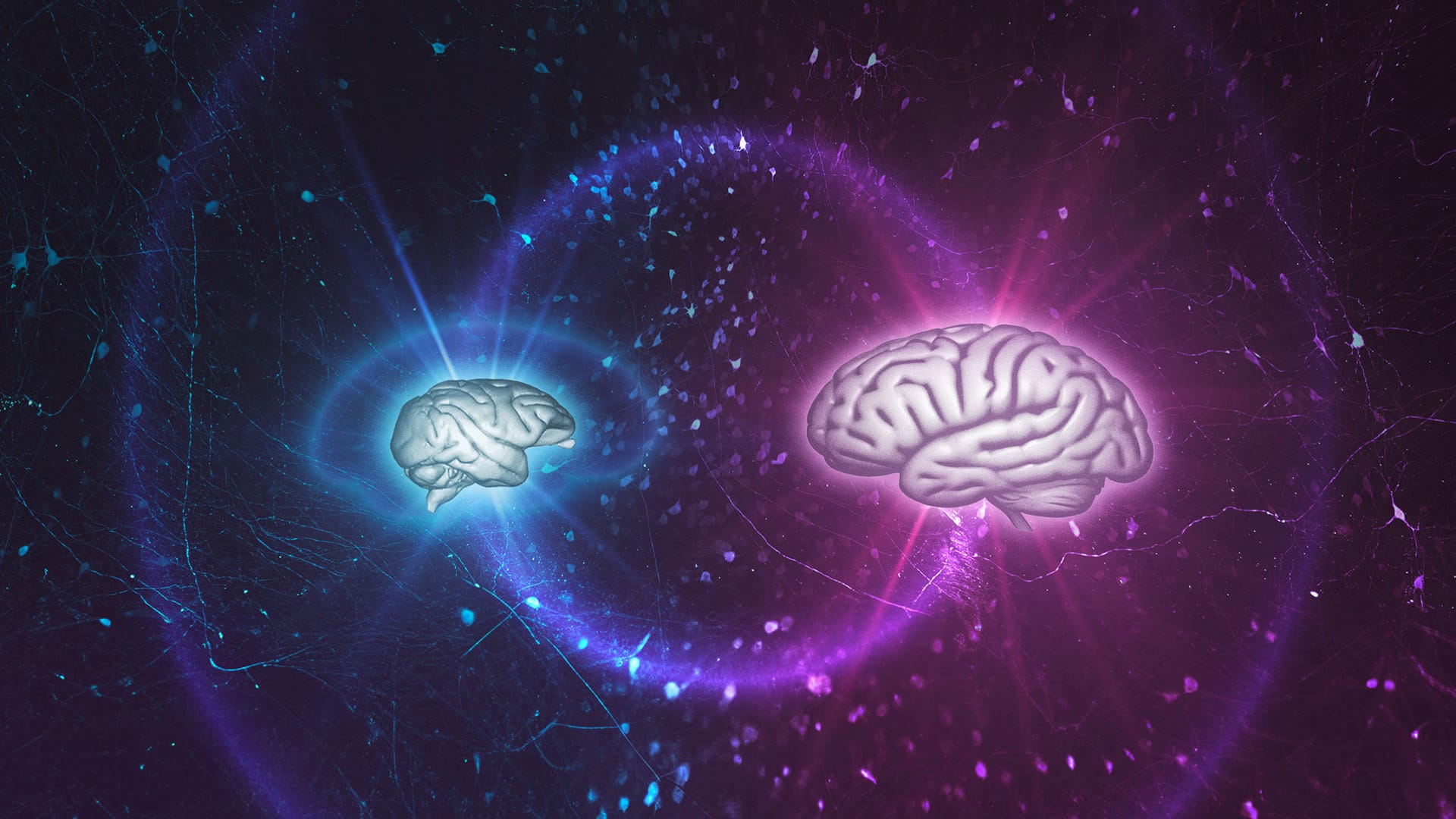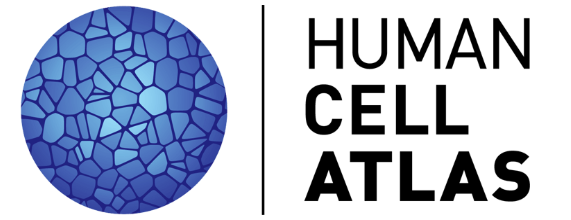BICCN publishes detailed cellular maps of human brain

The largest atlas of human brain cells to date reveals more than 3,000 different cell types.
An international consortium of researchers associated with the BRAIN Initiative Cell Census Network (BICCN) have published a suite of 21 papers in Science and associated Journals, revealing molecular and cellular maps in up to a hundred different regions of the brain.
Hundreds of scientists from around the world worked together exploring the cellular makeup and development of the human brain and those of other primates. Largely supported by the NIH’s BRAIN Initiative Cell Census Network (BICCN), the data shows thousands of different types of brain cells across the entire brain and reveals new insights about what is distinctive about the human brain.
The data from these studies will contribute towards the Human Cell Atlas initiative to map all the cells in the body. To create the HCA requires a global community of scientists, working together on different aspects and organs.
The HCA has 18 Biological Networks of individual organs, tissues or systems. Ed Lein and Sten Linnarsson, leaders of the BICCN studies, are the Network Coordinators for the HCA Nervous System Bionetwork, and are longstanding members of the HCA Organising Committee.
The next phase of the BRAIN Initiative, the BRAIN Initiative Cell Atlas Network (BICAN) will scale up to tackle the scope and complexity of the entire brain, aiming to create a comprehensive understanding of the cellular makeup of the brain, and its spatial organization, integrated into a single Brain Atlas. The integrated Brain Atlas produced by BICAN will form the foundation of the HCA Nervous System Atlas, which will eventually expand to include the Peripheral Nervous System.
For full details of the suite of papers see https://www.biccn.org/science/human-and-nhp-cell-atlas and https://www.science.org/collections/brain-cell-census
